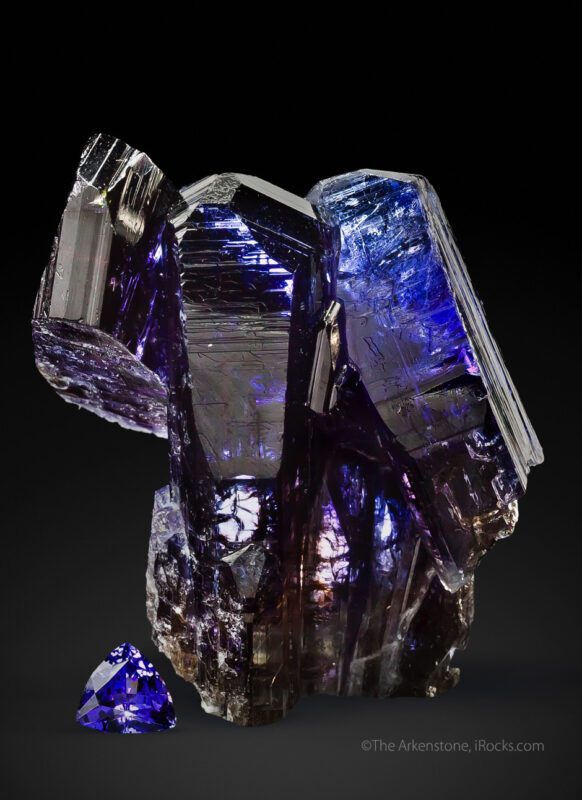In the realm of minerals, diamonds have long been revered for their exceptional hardness. However, there exists a rock that surpasses even the diamond in terms of hardness. In this article, we will delve into the fascinating world of minerals and explore the rock that defies conventional expectations – a rock harder than a diamond.
- The Mohs Scale of Hardness:
To understand the concept of hardness, we must first familiarize ourselves with the Mohs Scale of Hardness. Developed by Friedrich Mohs in 1812, this scale ranks minerals based on their ability to scratch one another. The scale ranges from 1 (softest) to 10 (hardest), with diamond occupying the pinnacle at 10. - Diamond: The King of Hardness:
Diamonds are composed of carbon atoms arranged in a crystal lattice structure, resulting in their exceptional hardness. Their unique arrangement allows them to resist scratching and maintain their pristine beauty. However, there is one rock that challenges the diamond's reign. - Wurtzite Boron Nitride: The Hardness Champion:
Enter wurtzite boron nitride (WBN), a mineral that surpasses diamond on the hardness scale. WBN is a synthetic compound composed of boron and nitrogen atoms arranged in a lattice structure similar to diamond. Its exceptional hardness is attributed to the strong covalent bonds between these atoms. - Industrial Applications:
The extraordinary hardness of WBN makes it a valuable material in various industries. Its applications range from cutting tools and abrasives to high-temperature insulators and protective coatings. WBN's hardness ensures longevity and efficiency in demanding environments where other materials would fail. - Scientific Significance:
Beyond its industrial applications, WBN's hardness has captivated the scientific community. Researchers are exploring its potential in fields such as electronics, optics, and even space exploration. The unique properties of WBN open doors to technological advancements that were once deemed impossible. - Challenges and Future Prospects:
Despite its remarkable hardness, WBN faces challenges in terms of availability and cost. As a synthetic compound, its production requires specialized techniques and resources. However, ongoing research and development aim to overcome these obstacles, potentially making WBN more accessible in the future.
Conclusion:
In the world of minerals, the diamond has long reigned as the epitome of hardness. However, wurtzite boron nitride, a synthetic compound, has emerged as a rock that surpasses the diamond's hardness. With its industrial applications and scientific significance, WBN showcases the boundless possibilities that lie beyond our conventional understanding of hardness. As we continue to explore the depths of the mineral kingdom, we may uncover even more extraordinary materials that challenge our perceptions and redefine what we consider to be the hardest rock.

